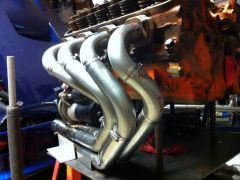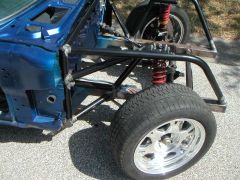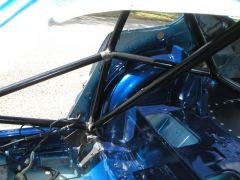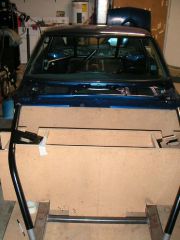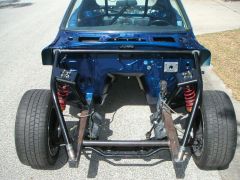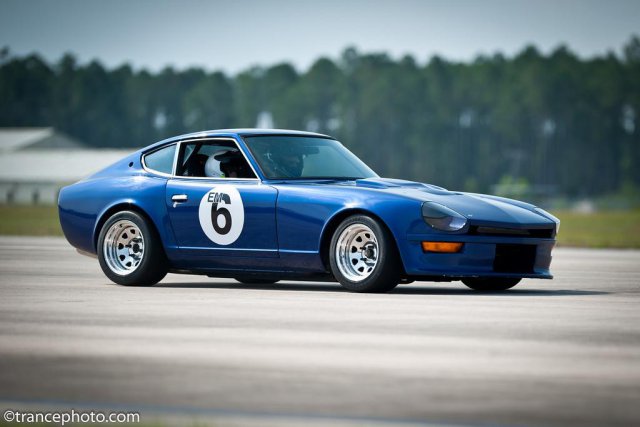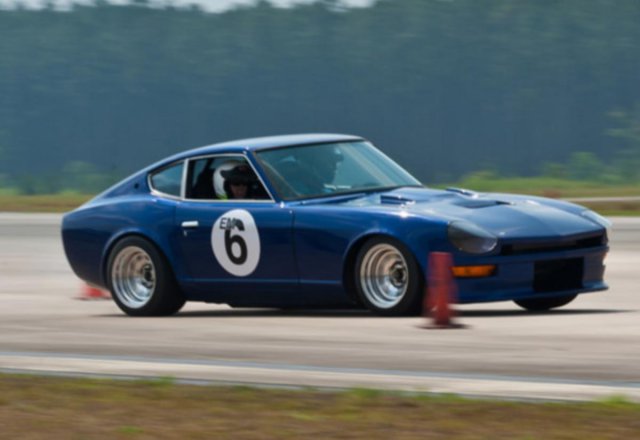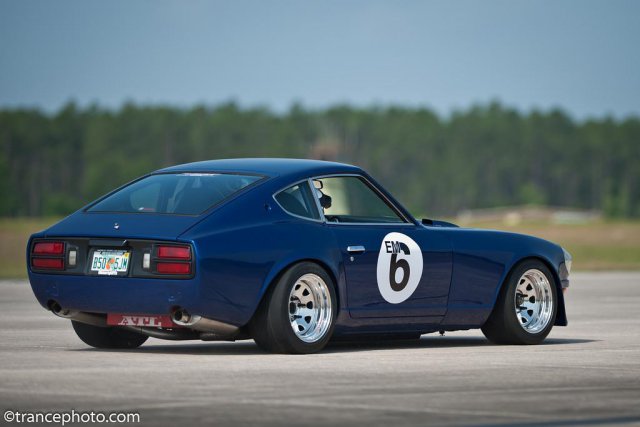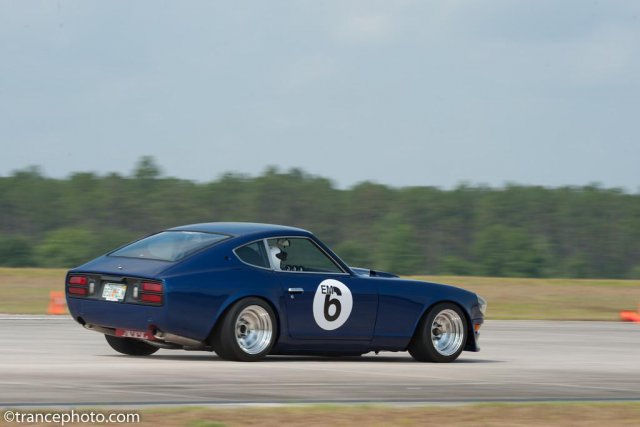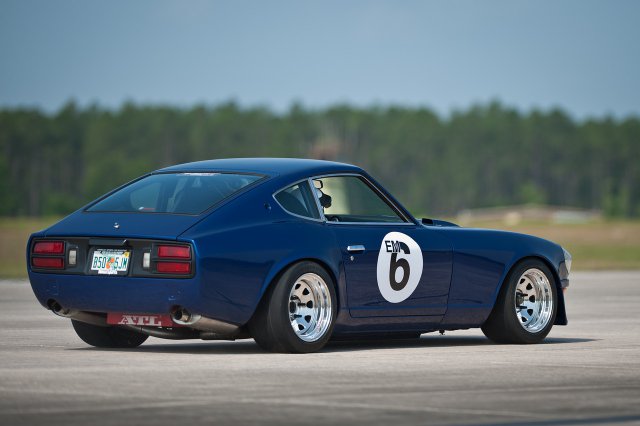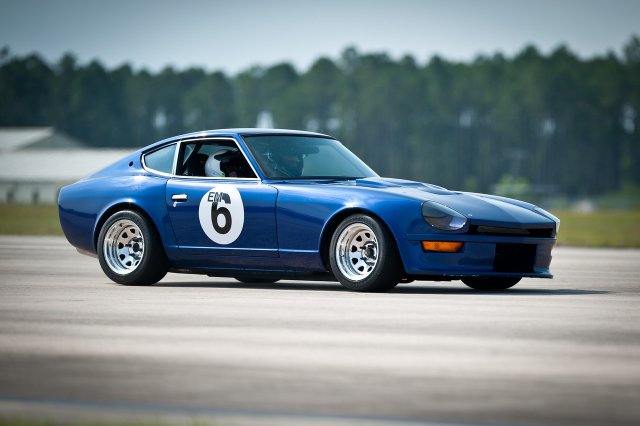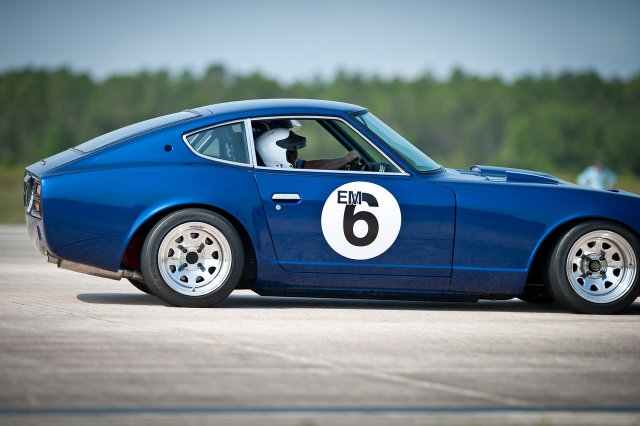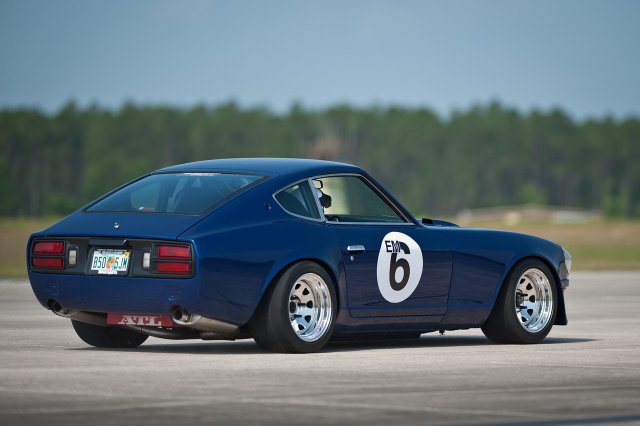-
Posts
1193 -
Joined
-
Last visited
-
Days Won
30
Content Type
Profiles
Forums
Blogs
Events
Gallery
Downloads
Store
Everything posted by 74_5.0L_Z
-
From the album: Creation of New Headers
Passenger side headers mocked up and ready for welding using a junk engine as a fixture. -
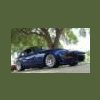
Old Pictures of Chassis Construction
Images added to a gallery album owned by 74_5.0L_Z in Members Albums
-
From the album: Old Pictures of Chassis Construction
-
From the album: Old Pictures of Chassis Construction
-
From the album: Old Pictures of Chassis Construction
-
From the album: Old Pictures of Chassis Construction
-
From the album: Old Pictures of Chassis Construction
-
From the album: Old Pictures of Chassis Construction
-
From the album: Old Pictures of Chassis Construction
-

Wheel Show! Post your pics of you wheels
74_5.0L_Z replied to k3werra's topic in Brakes, Wheels, Suspension and Chassis
15 x 10 Spinwerkes Series 82 Wheels on all four corners (14.9 pounds each). 5.5 inch backspace on all four wheels. I use a 1/4" spacer on the front to get the tire to clear the coilover, and no spacer on the rear (still have 1/2" clearance on the inside). Subtle Z flares to clear tires on outside. Hoosier 275/35/15 on all four corners -
Freelancelance, I noticed that you are in Tampa. It just so happens that one of the true Cleveland engine gurus lives in the area and is partners a machine shop in Riverview. His name is John Douglass and his partner is Gil Alfaro. John campaigned a Cleveland powered NHRA Superstock thunderbird for more than 20 years. If you need a good machine shop run by someone who really knows the Cleveland engine, then give these guys a call: http://asmotorsport.homestead.com/
-
That is not my car. It was built by Terry Oxendale (blueovalz), and is still one of the nicest cars around. Terry has since sold the car to another member, Roger Berry(ZWolf). My car has a 331 stroker and a GForce T5, and I am more than happy with it.
-
http://forums.hybridz.org/topic/62067-289-vs-351w-383-engine-weights/
-
Have you done anything to the suspension or brakes? Do you plan to use fender flares? Without installing coilovers or adding fender flares, your wheel selectionis pretty limited. Also, do you want to run 15", 16", 17", or 18" wheels? On my car, I have run 15x8 and 16x8" wheels with a 5 inch backspace with 245 tires with coilovers and no flares . I currently run 15x10" wheels with a 5.5" backspace and 275/35/15 tires, but I have flared fenders and coil-overs with really stiff , really short springs.
-
Make sure you include an H or X pipe in the exhaust as this will make the exhaust note less harsh. I ran Flowmaster 40 series for a long time on my Ford Powered Z. I alway got compliments on the sound. However, they do tend to have a 2000-2500 rpm drone. Two years ago, I redid the rear of my exhaust and replaced the Flowmasters with Borla Pro-XS mufflers. The Borlas sound way better, and weigh about half as much as the Flowmasters.
-
Is that ice on the windshield? I worked in the garage this past weekend, and I was complaining about the heat (92 F). I would much rather be hot than cold.
-

Show pictures of your droop limiters
74_5.0L_Z replied to RebekahsZ's topic in Brakes, Wheels, Suspension and Chassis
http://forums.hybridz.org/index.php/topic/89478-making-droop-limiters/ -
Here is a link to all of the photos in my gallery on HybridZ: http://forums.hybridz.org/index.php?app=core&module=search&do=user_activity&search_app=gallery&mid=30&search_app=gallery I would love to see some pictures of the cage that is already in your car. That way I can offer some suggestions that might leverage off of what you already have. What is the condition of your rocker panels and floor pans? I am flattered when others wish to copy elements that I have incorporated into my car. As always, feel free. However, there is not a single thing that I have done to this car that I don't think I could improve upon given a second chance. I have some definite ideas about what I would do differently, and I would be happy to share those ideas. How someone might make use of those ideas depends on several things: What is the intended use of the car? How much effort do you want to put into the car? How deep are your pockets? The last is an unfortunate reality that limits us all...
-
I built a full tubular front end for my car after I wrecked it about ten years ago. The replacement frame rails are 2.5 inch square and have an 0.085" wall thickness. When I built my front end I wanted to be able to use the factory front suspension with just a little improvement. My frame rails have the factory placement (25.125" apart measured inside to inside). I did move the crossmember mounting holes forward 1/2", and the tops of my strut towers were moved 1/2" backward. Moving the crossmember and strut top allows me to run six degrees of caster.
-
My front crossmember is moved forward about 1/2 inch, and Terry Oxendale (BlueOvalZ on here) moved his crossmember forward an inch or more. Moving it forward requires the use of adjustable tension/compression rods which are readily available from several sources. Additionally, it also may require modification of the steering shaft. You will probably need to modify the steering shaft to clear your exhaust even if you don't move the crossmember, so that really doesn't add much additional work. One problem that you may encounter is clearance between the front fender and tire if you move the crossmember forward and use wide front tires. Terry and I both have custom bodywork, so it is not a problem for us.
-
This job is going to be a monumental task, but I'm sure it is possible. If this car is a dedicated race car, I would consider mounting the engine with a front plate/mid-plate mounts rather than trying to use rubber mounts. The front plate /mid plate setup makes the process of mounting the engine much simpler and also frees up much needed space for the exhaust. At least two of us Ford guys have mounted our engines using this method. My car has a 331 CI stroked 5.0L and a T5 transmission, and Terry Oxendale's car had a stroked 351W. Here a picture showing the engine in mine: Another modification that Terry (blueovalz) did to his car that would help you fit the engine in your car is the following: Relocate the crossmember forward 1". This will add much needed caster and create some additional room between the crossmember and the firewall. If this car is going to be used for more than drag racing, I would ditch the C4 transmission and look for something with an overdrive gear. That big block won't live long as a driver without an overdrive gear.
-

Will these wheels fit
74_5.0L_Z replied to Daphur280's topic in Brakes, Wheels, Suspension and Chassis
I run 15x10 wheels on all four corners of my car (with 275/35/15 Hoosier tires). However, my car has been extensively modified so that I could. The car has the following mandatory modifications to use those wheels: Subtle Z fenders and quarter panels add 1.5 inches of flare to all four corners. Ground Control coilovers with 8" tall springs allow the use of more back space (I run 5.5" of backspace on these wheels and use a 3/8" spacer on the front). Ground Control camber plates on all four corners add negative camber to tuck the tire into the fenders at full bump and full turn. As you can see from the attached pictures, I need all of the space provided by my modifications. -
I ended up ordering some V-Band Clamps from Mandrel Bending Solution for $43.00 each, and I also ordered some of their flex couplings. The clamps and flex couplings should arrive early next week. I'll post the results when I'm finished. Thanks for all of the replies.
-
I have just finished making a set of custom headers for the car, and I want to connect the collectors to the rest of the exhaust using V-Band clamps. While shopping for said V-Band clamps, I have discovered that Vibrant Performance makes some really nice clamp assemblies but they are really expensive (~$80.00 per assembly). Additionally, I have found that other companies make assemblies that cost about half as much as those from Vibrant Performance. Specifically, I can get a similar assembly from OBX for about $40.00 per assembly. Are the Vibrant Performance pieces that much nicer? Who here has experience with V-Band clamps, and which brand did you use? Thanks
-
Hey Mike, I have been using the ATL version of the Fuel Safe Surge/ High Pressure Pump in my car for the last few years and I absolutely love it. I autocross the car with less than two gallon of fuel in the car (in a twelve gallon tank), and I never have fuel starvation problems. My box, an ATL CFD-600-HP, is centered at the rear of the cell and the return line dumps into the top of the box. As an added benefit, the pump is nearly silent inside the fuel cell. http://cdn.racerpartswholesale.com/downloads/ATLBlackBox.pdf I hope the Fuel Safe unit works as well for you as the ATL unit has worked for me. If it does then your fuel problems are history.

